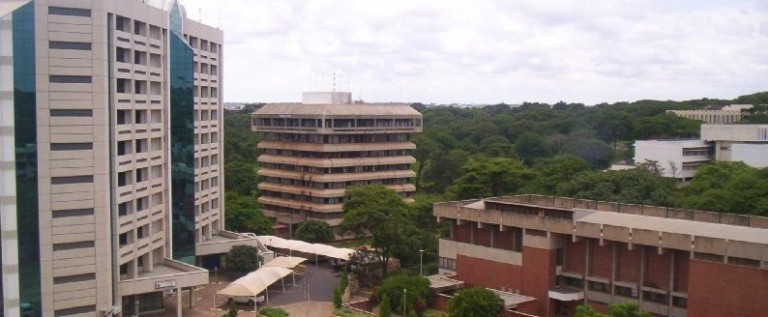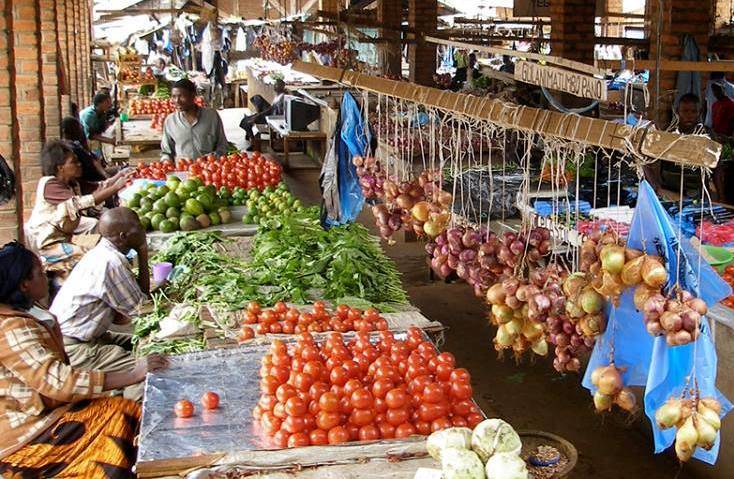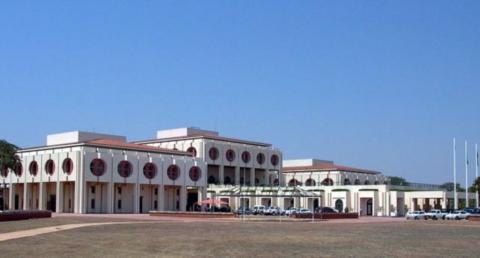Malawi is emerging from two consecutive years of a slowdown in growth caused by exogenous shocks, exacerbated by slippage in macroeconomic policies and suspension of donor budget support because of governance concerns. Real GDP growth rebounded to 5% in 2013, from 1.8% in 2012. The strong growth in 2013 was underpinned by the recovery of growth in agriculture, manufacturing, construction, and wholesale and retail trade.
The agriculture sector, which accounts for 31% of GDP, grew by an estimated 5.7% in 2013, driven mainly by the recovery in the production of tobacco and other cash crops. The 49% devaluation of the Malawian kwacha in May 2012 and the shift towards a market-based exchange rate regime boosted the competitiveness of Malawi’s cash crops. Driven by improved auction prices, tobacco production increased from 79.8 million kg in the 2012 season to 168.6 million kg in 2013. The reforms in the tobacco industry, including the adoption of contract farming, contributed to the good tobacco harvest in 2013. By contrast, output of maize, the staple food, increased by only 1.6% because of drought conditions in some parts of the country. Although Malawi recorded a national maize surplus, estimated at 560 000 tons, for the eighth consecutive year, 21 drought-affected districts were declared food-insecure. Hence more efforts are needed to reduce reliance on rain-fed agriculture through irrigation complemented by productivity enhancing investments. Manufacturing, with a share of 9% of GDP, grew by 6.2%, reversing the 2.3% contraction of 2012.
The resurgence in manufacturing was due to improved foreign exchange availability for the importation of inputs. Manufacturing, which is dominated by agro-processing, was further boosted by expansion in agricultural output. Growth of services remained buoyant in 2013. Telecommunication and financial services continued to drive the expansion of services with growth rates of 7.9% and 6.1% in 2013 respectively. Construction, which was among the sectors hit hardest during the economic downturn, recovered strongly. The resumption of major construction projects boosted construction sector growth from 2.6% in 2012 to 7.1% in 2013. Major construction projects under implementation include the Nacala railway corridor. The mining and quarrying sector grew at a rate of 8.5% in 2013 following increases in production of uranium, coal and lime. While mining is now the fastest growing sector, its share of GDP is still small, at 5%. On the demand side, Malawi’s growth was driven by public and private consumption and the increase in public investment. Private consumption was boosted by the recovery in tobacco export earnings. Overall, Malawi’s real GDP growth was broad-based.
Real GDP growth in 2014 and 2015 is projected to accelerate further to 6.1% and 6.2% respectively. This positive outlook assumes the consolidation of macroeconomic stability, high tobacco prices, adequate foreign exchange availability, and favorable weather conditions. The agriculture sector is expected to grow by 6.5% as tobacco continues to fetch high prices in Malawian kwacha terms and production of other cash crops, such as cotton, oil seeds and legumes, is scaled up through the expansion of irrigation and agriculture support services. The maize harvest is expected to improve in 2014 thanks to favorable rainfall and expanded support to smallholder farmers under the Farm Input Subsidy Programme (FISP).
Manufacturing is forecast to grow by 5.4%, as consumer demand picks up and the pace of the kwacha’s depreciation moderates. The sector will be further boosted by the easing in power supply shortages following the commissioning of the Kapichira II hydropower project, which has added 64 MW to existing power generation capacity. High interest rates and transport infrastructure bottlenecks, though, are likely to pose a risk to the anticipated manufacturing sector growth in 2014 and 2015. The mining sector is projected to grow at a higher rate of 9%, boosted by expansion in uranium, coal and lime production. The low price of uranium – currently USD 36 per pound – might constrain expansion in uranium output.
Excerpt from Malawi Country Note, African Economic Outlook 2014




